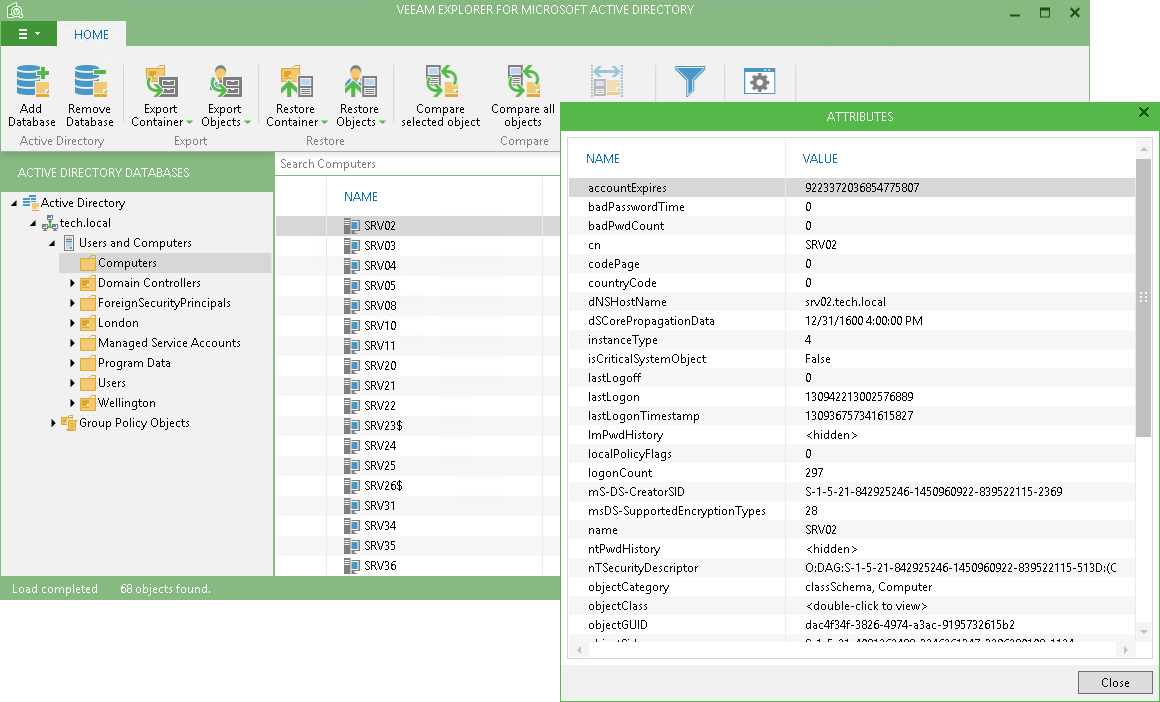How To Backup Active Directory Users And Computers In Windows 2012 R2
So you finally have a environment and you’re ready to start adding users. Great!After logging into your Windows Server 2012, you ask yourself, “How do I find Active Directory in this new Server Operating System?” Luckily, your internet search brought you to this page! (If it didn’t, please contact Google and petition that this gets a higher SEO ranking) Otherwise, buckle in as we explore the new realm of Windows Server 2012 and how to add a user in Active Directory.
Backup Domain Controller 2008 R2
Step 1 – Search for Active Directory Users and Computers ApplicationFirst, you will want to search for the Active Directory Users and Computers application. This can easily be accomplished in two different ways.When you first log in, your desktop should be staring at the “Server Manager Dashboard.” We need to get into the Start Page to access your programs. Move your cursor over the right side of the desktop until a bar appears presenting you with the Search, Start and Settings icons. Click on the Start icon to take you to the start page. Below is an example of what the Start icon should look like.Now you’re presented with the new Windows Start Page, but don’t worry you will get used to how it works!Step 2 – Finding Active Directory Users and ComputersNext, let’s move on to searching out Active Directory Users and Computers.The first way to find it is to ‘Right click’ your mouse on the new Start Page and you will see a bar on the bottom pop up. There will then be one button for you to click on called All Apps.Clicking on this will show you all of the Apps/Programs available to you and you will need to pay attention to the Administrative Tools section.

Under that section, you will see the Active Directory Users and Computers icon.The other way to find the AD Users and Computers icon is to simply move your cursor to the right side of the desktop. After holding it there for a few seconds, you will be presented with some icons and you will want to click on the Search Magnifying glass icon:In the search text box, type in Active Directory and, as you type, it will start presenting you with icons on the left side that match the text you are keying in.You will want to click on the necessary AD icon:Once you’ve chosen your preference of searching for this program shortcut, click on it and you will be taken to the Desktop. The Active Directory window will also open showing you’re ready to administer your environment’s Active Directory!Step 3 – Adding Users in Active DirectoryOnce you open Active Directory Users and Computers, you can begin creating new users. Simply click on the default Users OU (Organizational Unit) and create users inside that container. If you want to keep your AD structure cleaner and easier to manage, you can always create new OUs.To create a new OU, ensure that you click to select the Parent domain. (In this example it is called SPTENT.local).

Right click the Domain and navigate to New and then click on Organizational Unit.At the next screen, type in a name for the new OU and click OK.Step 4 – Create New Users in Default Users Organizational UnitOnce your new OU has been created, you can create users under that OU. As I mentioned, you can always bypass this step and create users in the default Users OU.To create a new user, right click the OU you want to place the user in and navigate to New and click on User.At the next window, fill out the necessary details on the user as shown below and click Next when you’re finished.Now you will need to specify a Password for your user.Also please be mindful of special characters to satisfy the complex password needs. For the sake of SharePoint user purposes, you will need to ensure you uncheck “User must change password at next logon”. If you leave this option checked, the user will have issues logging into SharePoint. One recommendation we have for hosted environments is that you check “Password never expires”.
Microsoft Active Directory Ad Backup
If not, your user has the potential to lock themselves out and you will need to manually unlock their account. Click Next when you’re finished.You will then be presented with a summary of the account details:Click Finish and you’ll see the new user created under the OU.Interested in more SharePoint help?
We provide expert, all-USA-based, 24/7 SharePoint support on premises or in any cloud. To discuss your needs.